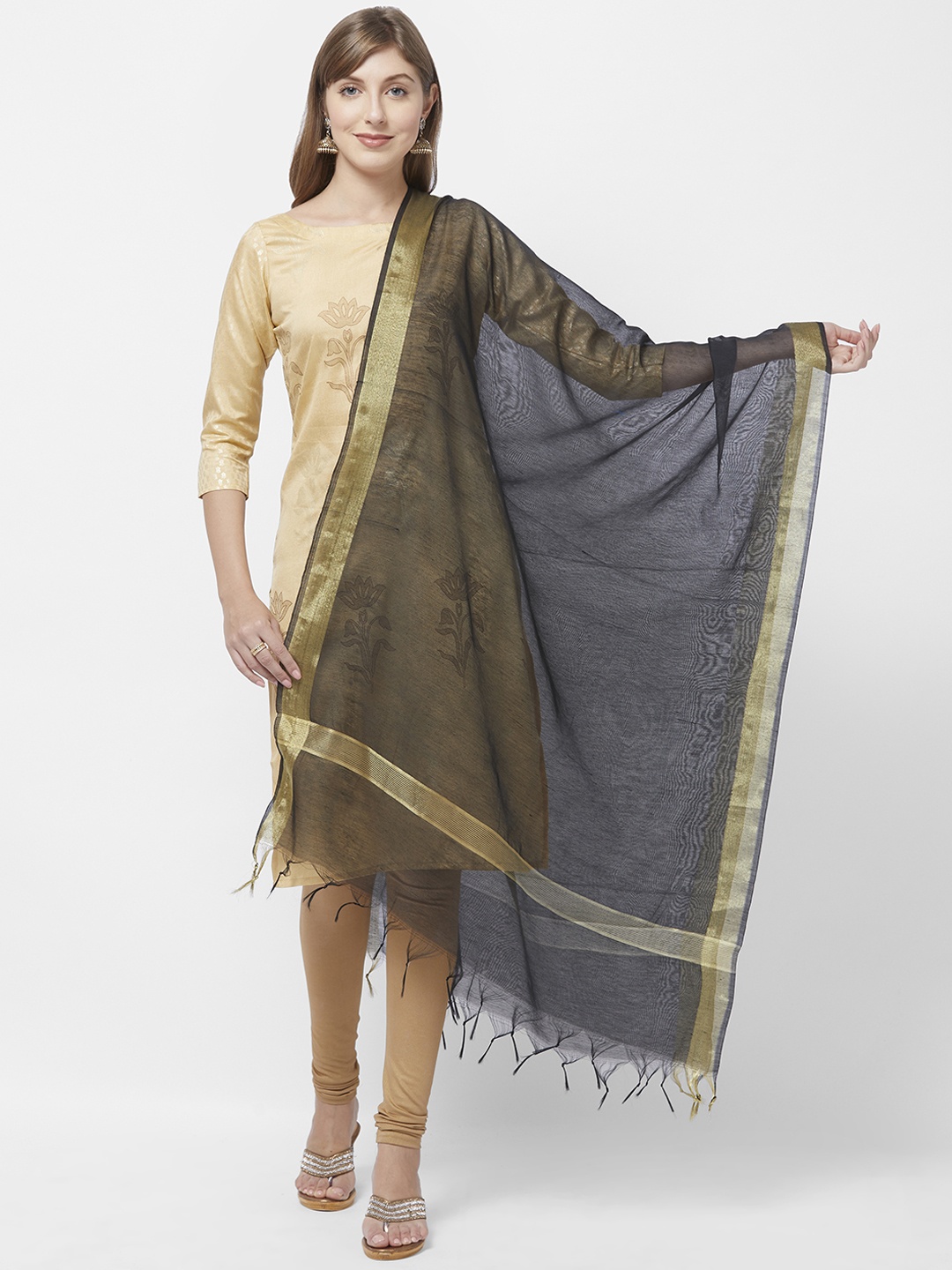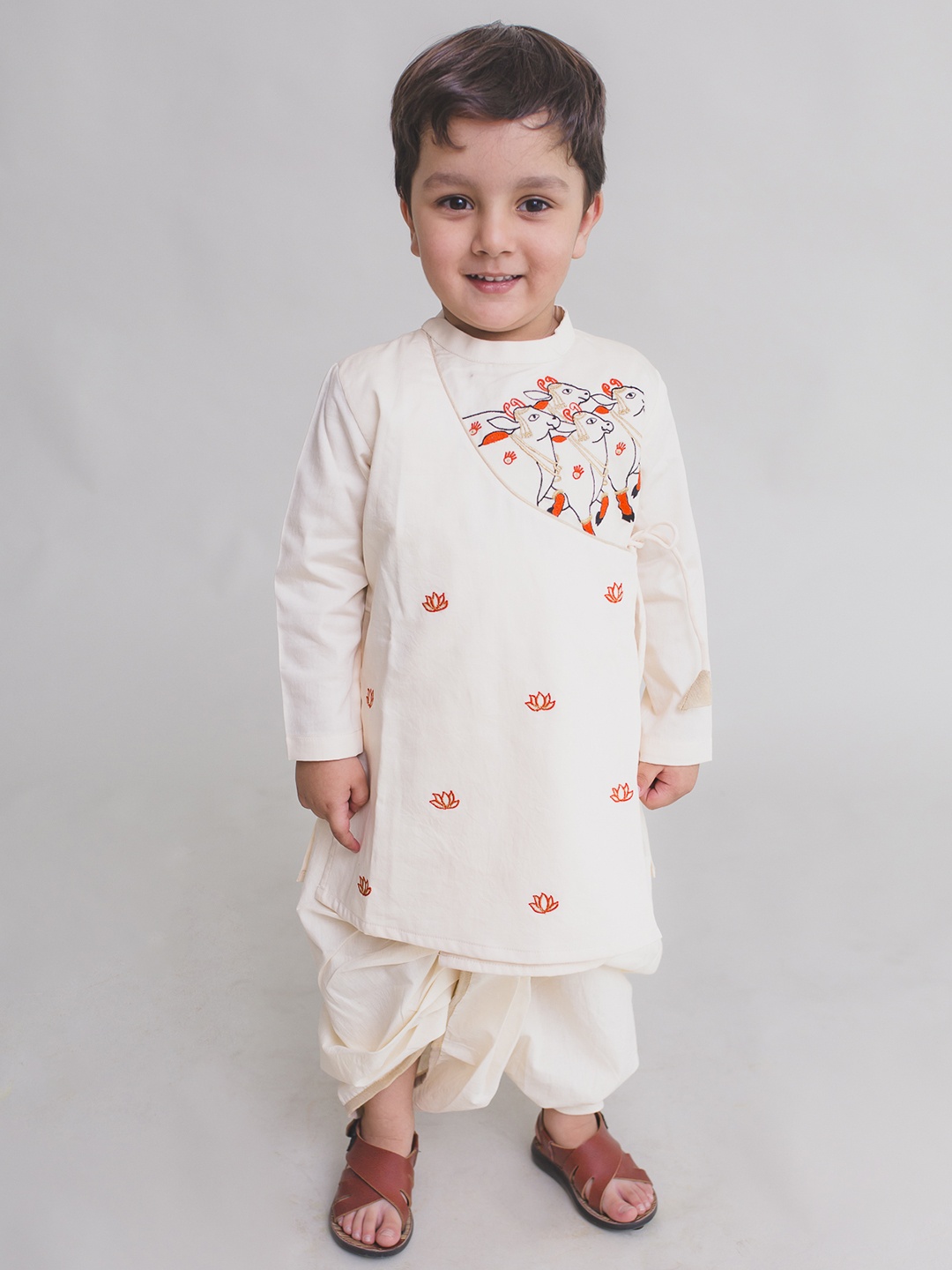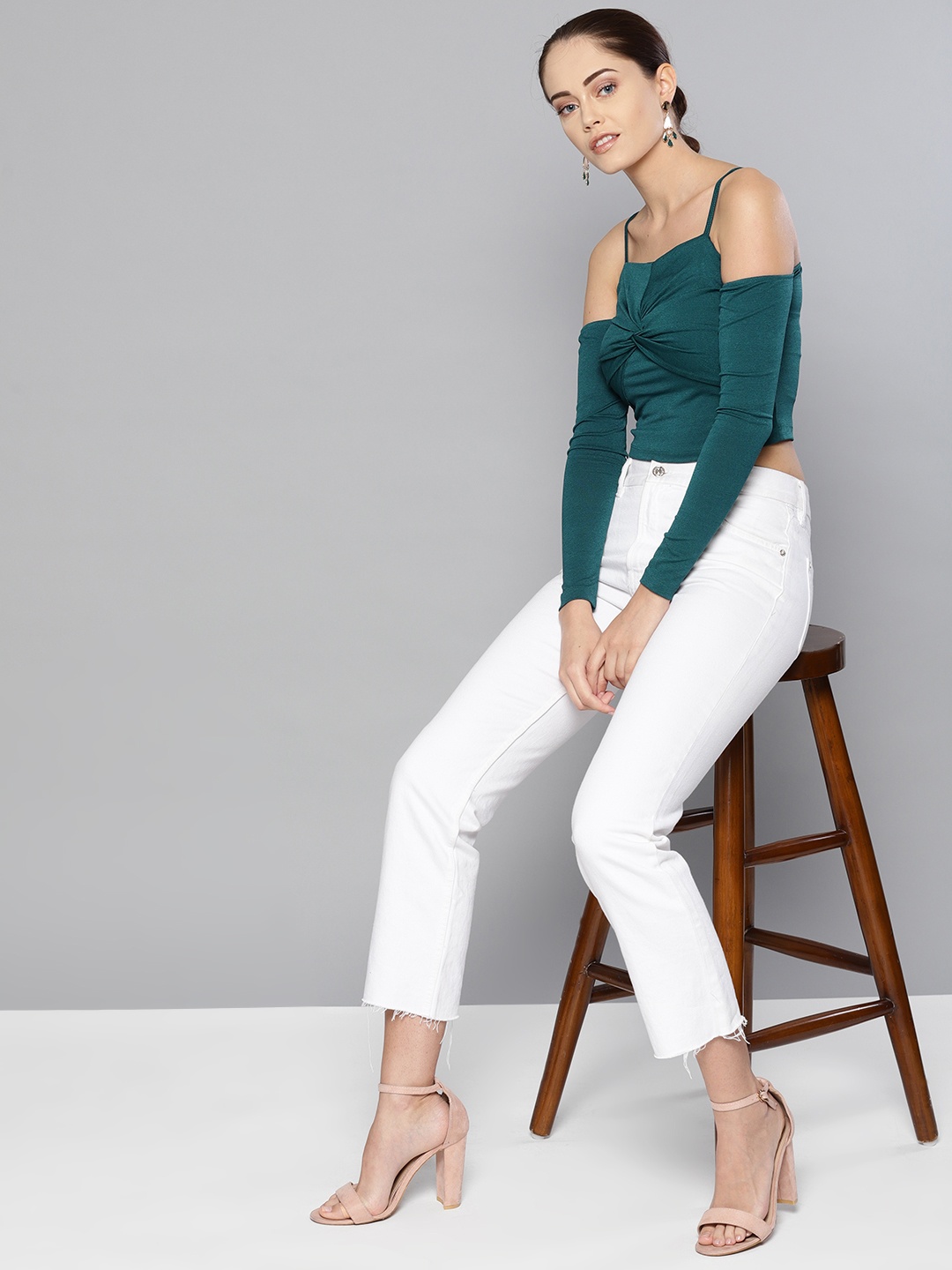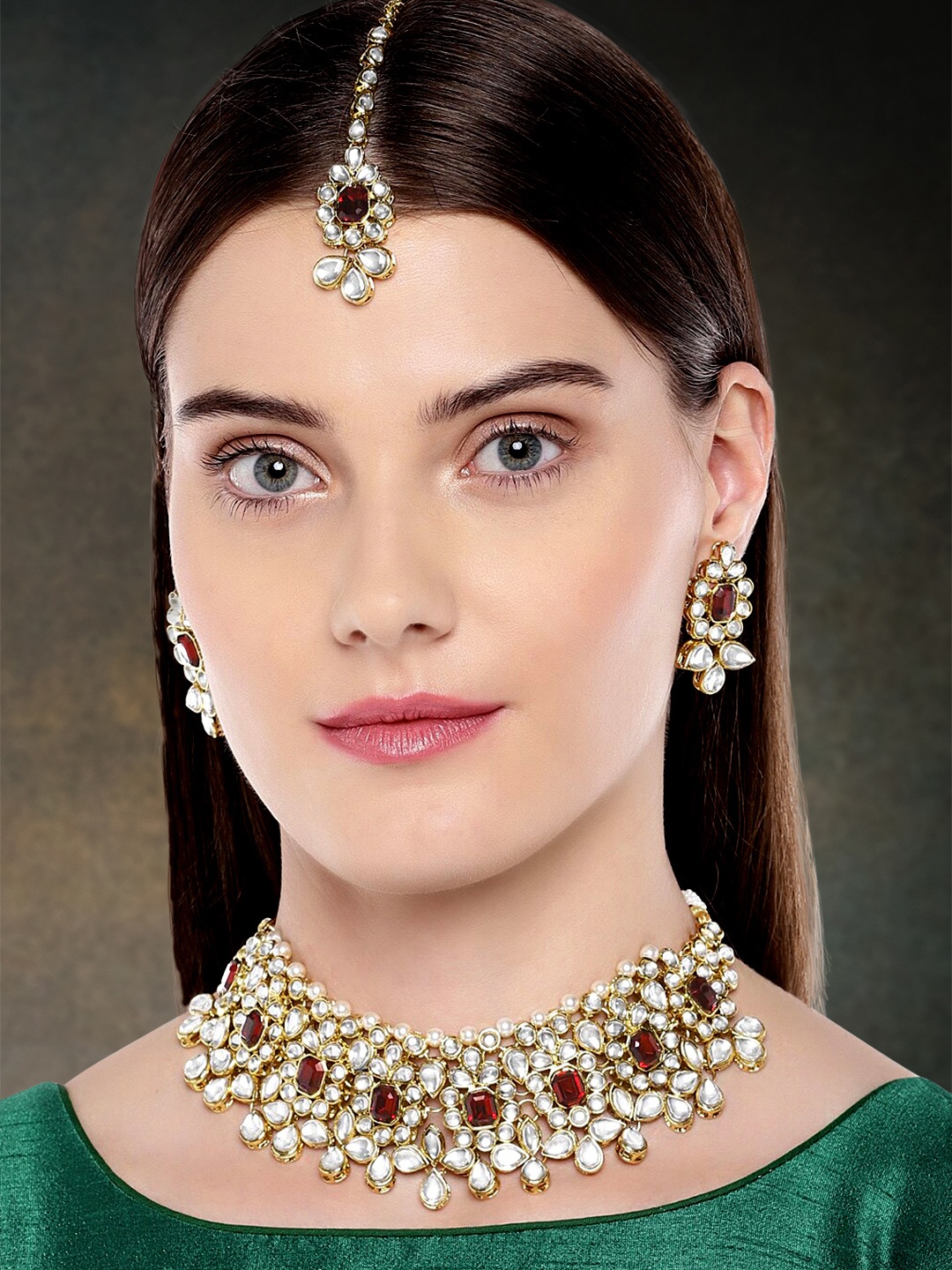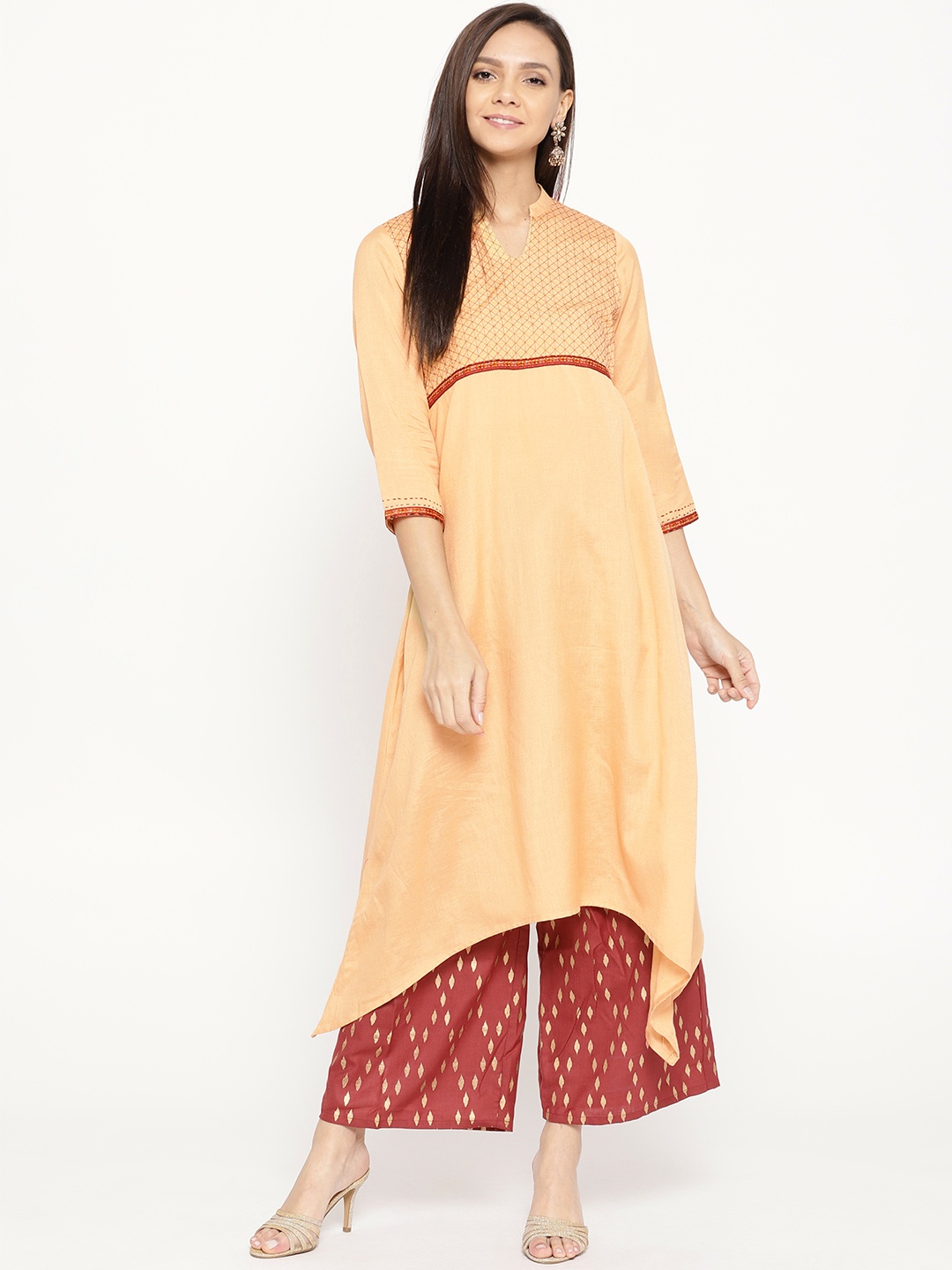How To Avoid Blisters While Wearing Stilettos
Strut pain-free in your favourite heels. Discover expert tips on how to avoid blisters while wearing stilettos, without sacrificing style or comfort.

How To Avoid Blisters While Wearing Stilettos
Women love slipping into a pair of stilettos. The way they elongate the legs, lift the posture, and spark a certain confidence, it's no wonder they've earned an iconic place in the world of fashion. But behind every poised strut and red-carpet photo-op, there's often an untold story of aching feet and unsightly blisters. If you've ever limped home barefoot at the end of a long evening, holding your heels in one hand and your dignity in the other, you're not alone. Fortunately, walking in stilettos doesn't have to come at the cost of your comfort. With a little preparation and a few tricks up your sleeve, you can make blisters a thing of the past, even while strutting in your highest heels.
Understand Why Blisters Happen
To combat blisters, it helps to understand what causes them. Blisters are essentially your skin's way of saying it's had enough. They form when there's excessive friction between your foot and your shoe, especially in areas like the heel, ball of the foot, and toes. The heat generated by this constant rubbing causes fluid to collect beneath the skin, resulting in a painful bubble. With stilettos, the narrow toe boxes, heightened arches, and lack of overall foot support only exacerbate the issue. But instead of swearing off heels altogether, consider this your blueprint for blister-free bliss.
Also Read: Want Trendy Footwear Without The Splurge? Check Out Amazon's 40% Off Deals On Heels And Sandals
Tips To Avoid Blisters While Wearing Stilettos
Invest In The Right Fit
It may sound obvious, but wearing the correct shoe size is the single most important step in avoiding blisters. A shoe that's too tight will rub mercilessly against your skin, while one that's too loose will allow your foot to slide and create friction. Always try on stilettos at the end of the day when your feet are slightly swollen, this gives you a more accurate idea of the fit. Pay attention to pressure points, especially around the toes and heel. If the shoe feels uncomfortable within the first five minutes, it's unlikely to become any friendlier after a night out.
Break Them In Gradually
One of the biggest mistakes people make is wearing a brand-new pair of stilettos straight to a wedding or a cocktail party. Big mistake. Huge. Instead, wear them around the house for short bursts over a few days. Try walking on different surfaces, carpet, tiles, and wooden floors, to understand how your foot moves within the shoe. You can even pair them with thick socks to help stretch them out gently. This allows the material to soften and adapt to your foot shape without the high stakes of a long evening out.
Use Blister Prevention Products
Blister prevention has come a long way. Today, the market is full of products designed specifically to help you avoid friction-induced issues. Anti-blister balms, for instance, work like a charm. Apply them to hotspots, like the back of your heel, your pinky toe, or the ball of your foot, to reduce rubbing. Gel inserts or cushioned pads also make a significant difference. Some are made especially for stilettos and are slim enough to remain invisible while providing essential cushioning and grip.
For extra protection, consider heel grips or toe protectors. These help keep your foot in place and reduce unnecessary sliding. The less your foot moves inside the shoe, the lower the risk of friction and, ultimately, blisters.
Choose Your Stilettos Wisely
Not all stilettos are created equal. The design, material, and construction can dramatically impact your comfort. Leather, for example, tends to mould to your foot over time, making it a more blister-friendly option than stiff synthetics. Look for stilettos with padded insoles, secure ankle straps, and wider toe boxes. While sky-high heels may look sensational, opting for a slightly lower heel, say, three inches rather than five, can make a world of difference in how your weight is distributed and how much pressure your foot endures.
Keep Your Feet Dry
Moisture is one of the key culprits when it comes to blister formation. Sweaty feet create a breeding ground for friction, which can lead to painful blisters quicker than you can say “emergency flats.” To avoid this, consider dusting your feet with talcum powder before slipping into your heels. You can also invest in moisture-wicking insoles, which help keep your feet dry and fresh throughout the day or evening.
Be Strategic With Your Walking
Wearing stilletoes requires more than just balance, it's practically an art form. When walking in heels, avoid putting all your weight on the balls of your feet. Instead, aim for a heel-to-toe motion. Keep your strides short and controlled. Don't rush. The more naturally you move, the less strain you place on any one part of your foot, reducing the risk of hotspots that eventually turn into blisters.
Take Breaks, If Possible
If you're at an event or on a night out, don't be afraid to sit down whenever you get the chance. Giving your feet a breather, even for just a few minutes, helps reduce swelling and pressure, which can delay or entirely prevent blister formation. You can also bring along foldable flats or stylish ballet shoes for those moments when you need to give your heels and your feet, a well-deserved rest.
Keep A Mini Emergency Kit Handy
Even with the best preparation, accidents can happen. So, it's always a good idea to carry a small emergency blister kit in your handbag. Include plasters (especially blister-specific ones), antiseptic wipes, and a tiny tube of anti-chafe balm. Having these on hand can save your evening and ensure you remain graceful rather than grimacing.
Here Are My 8 Favourite Picks Of Comfortable Stilletoes From Myntra
1. GNIST Pointed Toe Stiletto Heeled Pumps
2. Try Me Party Women Ethnic - Embellished Stiletto Heel Sandal
3. DressBerry Women Pointed Toe Stiletto Pumps
4. GLO GLAMP Women Suede Stiletto Heeled Sandals
5. ALDO Women Pointed Toe Stilleto Heel Pumps
6. Nautica Animal Printed Stiletto Pumps
7. ELLE Embellished Stiletto Heels
8. Lavie Women Square Toe Stiletto Gladiators
Frequently Asked Questions (FAQs)
1. Why do stilettos cause blisters more than other shoes?
Stilettos often have narrow toe boxes, high arches, and limited padding, which increase pressure and friction on key areas of the foot, making blisters more likely, especially if the shoes don't fit properly or haven't been broken in.
2. What is the best way to break in new stilettos without getting blisters?
Wear them around the house in short sessions with thick socks to gently stretch the material. Walking on different surfaces can help the shoes adapt to your foot shape without causing discomfort.
3. Can I use petroleum jelly to prevent blisters from stilettos?
While petroleum jelly can reduce friction temporarily, it may make your feet slide too much in heels. It's better to use anti-blister balms or silicone-based products that offer grip as well as protection.
4. Are there specific insoles for high heels that help prevent blisters?
Yes, there are ultra-thin gel or foam insoles designed specifically for stilettos. Look for ones that offer padding under the ball of the foot and support for the arch, while maintaining a slim profile.
5. What should I do if I feel a blister forming while wearing stilettos?
If possible, sit down and apply a blister plaster or protective gel pad immediately. Avoid continuing to walk on it, as further friction can make it worse. Carrying an emergency blister kit in your handbag is always a smart idea.
Wearing stilettos should feel like a power move, not a painful endurance test. While the world may expect you to grin and bear the glamour, the truth is, beauty doesn't have to be pain. With these practical tips, you can enjoy the elegance and confidence of wearing heels without the blister-induced regrets.











